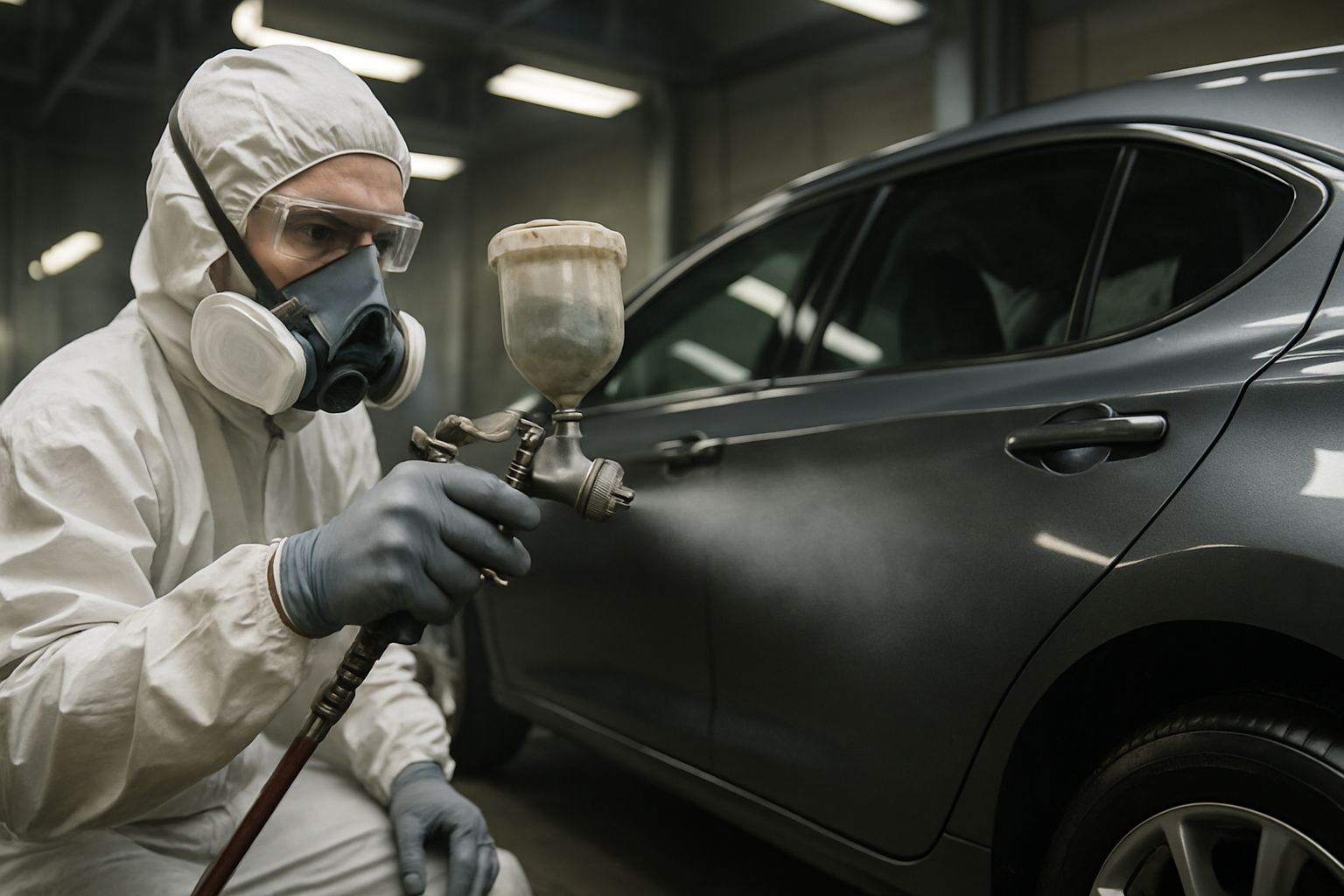The Intricacies and Impact of Automotive Paint Technology
Introduction: Automotive paint technology may seem like a mere aesthetic aspect of vehicles, but it plays a crucial role in the overall performance, longevity, and value of a car. This article delves into the fascinating world of automotive paint, its evolution, and its impact on the industry.

A Colorful History: The Evolution of Automotive Paint
The journey of automotive paint technology is a colorful one, starting from the early days of the automobile industry. Initially, cars were painted in the same way as horse-drawn carriages, using varnish made from linseed oil and lampblack. The process was time-consuming and the finish was not durable.
The introduction of nitrocellulose lacquers in the 1920s revolutionized automotive paint. This new paint dried quickly, was more durable, and offered a wider range of colors. The 1930s saw the advent of acrylic lacquers, which provided an even better finish and durability.
The 1980s marked another significant milestone with the introduction of waterborne paints. These paints were not only environmentally friendly but also provided a superior finish and durability. Today, automotive paint technology continues to evolve, with advancements in nanotechnology and other fields promising even better performance and environmental benefits.
Current Trends in Automotive Paint Technology
Today, the automotive paint industry is driven by several key trends. One of these is the increasing demand for environmentally friendly paints. This has led to the development of waterborne and high-solid paints, which emit fewer volatile organic compounds (VOCs) than traditional solvent-based paints.
Another trend is the growing demand for paints that offer superior protection against environmental factors such as UV radiation, acid rain, and bird droppings. This has led to the development of self-healing paints, which can repair minor scratches and chips on their own.
The Impact of Automotive Paint Technology
Automotive paint technology has a significant impact on the industry. For one, it affects the perceived value of a car. A car with a high-quality paint job is likely to command a higher price than a similar car with a poor paint job.
Moreover, automotive paint technology plays a crucial role in the performance and longevity of a car. High-quality paint can protect a car’s body from corrosion, thereby extending its lifespan. It can also improve a car’s aerodynamics, which can enhance fuel efficiency.
The Future of Automotive Paint Technology
The future of automotive paint technology looks bright, with several exciting developments on the horizon. One of these is the development of color-changing paints, which can change their color based on the temperature or light conditions. Another is the development of paints that can generate electricity from sunlight, which could potentially be used to power electric cars.
The Art and Science of Automotive Paint Technology
Automotive paint technology is a fascinating blend of art and science. It not only enhances the aesthetic appeal of a car but also plays a crucial role in its performance and longevity. As the industry continues to evolve, we can expect to see even more exciting developments in this field.





